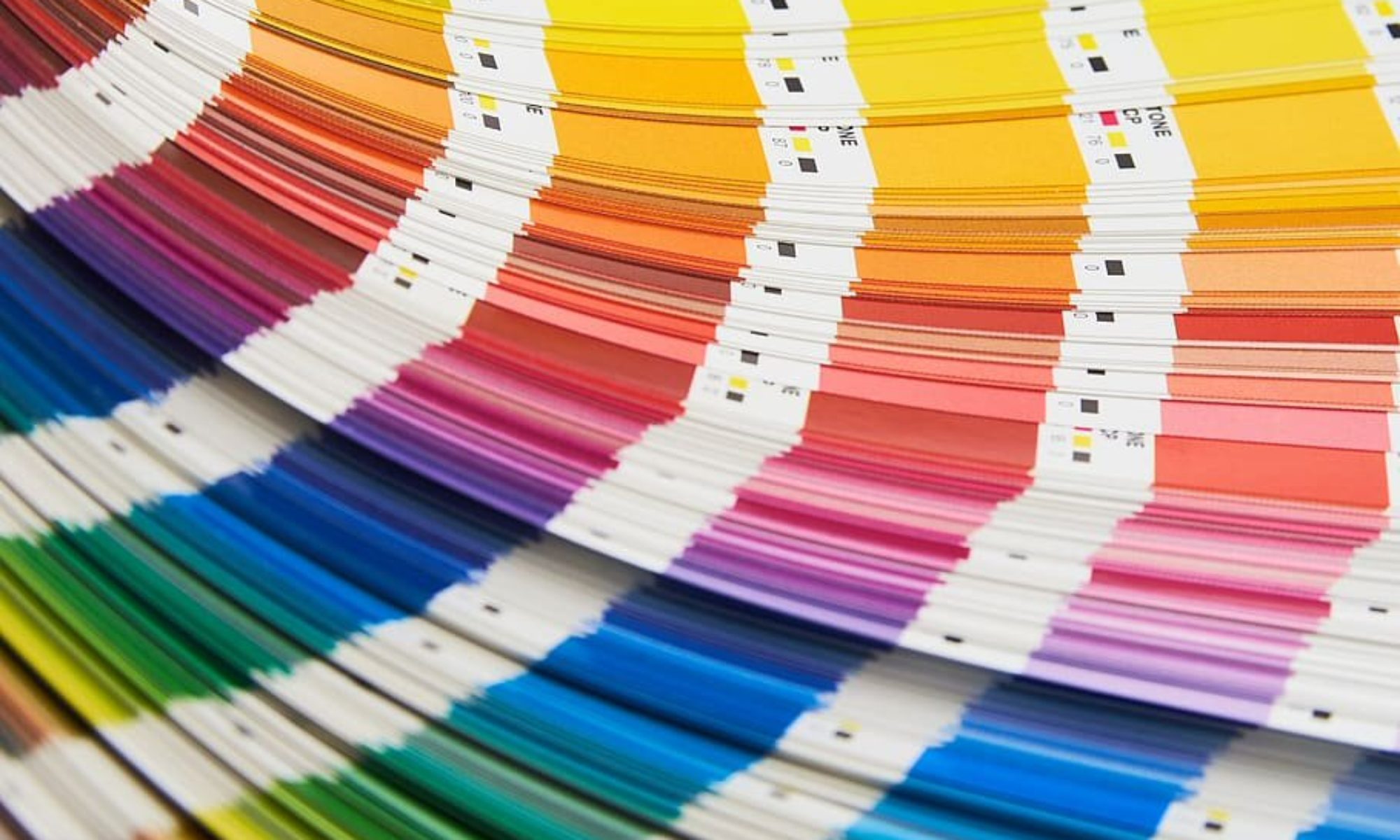Ink formulas vary, but commonly involve two components:
Colorants
Inks generally fall into four classes:-
Aqueous
Liquid
Paste
Powder
Colorants:-
Pigments
 Main article: Pigment
Main article: Pigment
Pigment inks are used more frequently than dyes because they are more colour-fast, but they are also more expensive, less consistent in colour, and have less of a colour range than dyes.
Pigments are solid, opaque particles suspended in ink to provide colour.
Pigment molecules typically link together in crystalline structures that are 0.1–2 µm in size and comprise 5–30 per cent of the ink volume.
Qualities such as hue, saturation, and lightness vary depending on the source and type of pigment.
Dyes
Main article: Dye
Dye-based inks are generally much stronger than pigment-based inks and can produce much more color of a given density per unit of mass. However, because dyes are dissolved in the liquid phase, they have a tendency to soak into paper, potentially allowing the ink to bleed at the edges of an image.
To circumvent this problem, dye-based inks are made with solvents that dry rapidly or are used with quick-drying methods of printing, such as blowing hot air on the fresh print. Other methods include harder paper sizing and more specialized paper coatings. The latter is particularly suited to inks used in non-industrial settings (which must conform to tighter toxicity and emission controls), such as inkjet printer inks. Another technique involves coating the paper with a charged coating. If the dye has the opposite charge, it is attracted to and retained by this coating, while the solvent soaks into the paper. Cellulose, the wood-derived material most paper is made of, is naturally charged, and so a compound that complexes with both the dye and the paper’s surface aid retention at the surface. Such a compound is commonly used in ink-jet printing inks.
An additional advantage of dye-based ink systems is that the dye molecules can interact with other ink ingredients, potentially allowing greater benefit as compared to pigmented inks from optical brighteners and colour-enhancing agents designed to increase the intensity and appearance of dyes.
